

Home | Biography | CD | Music for Film & TV | Contact | Studies | Lessons
 (A Work in Progress)
(A Work in Progress)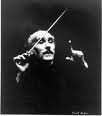
Arturo Toscanini (March 25, 1867 January 16, 1957)
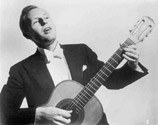
Richard Dyer-Bennet (October 6, 1913 December 14, 1991)
Burl Icle Ivanhoe Ives (June 14, 1909 April 14, 1995)
Josef Marais (1905-1978)
Rosa Lilly Odette de Miranda Marais (January 09, 1912 - April 20th 1986)
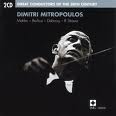
Dimitri Mitropoulos (1 March [18 February] 1896 2 November 1960)

Andres Torres Segovia, 1st Marquess of Salobre (21 February 1893 June 1987)

Bruno Walter (September 15, 1876 February 17, 1962)

Carmen Amaya (November 2, 1913 November 19, 1963)
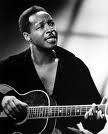
Josh White (February 11, 1914 September 5, 1969)

Jose Limon (January 12, 1908 December 2, 1972)
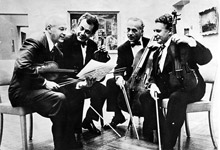
Budapest String Quartet
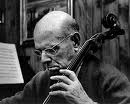
Pablo Casals (December 29, 1876 October 22, 1973),

Charles Munch (born Charles Mnch) (September 26, 1891 November 6, 1968)

Arthur Rubinstein (January 28, 1887 December 20, 1982)
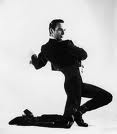
Jose Greco (December 23, 1918 December 31, 2000)

Moiseyev Dance Company

Don Cossack Choir

Vladimir Horowitz (October 1, 1903 November 5, 1989)
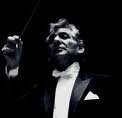
Leonard Bernstein (August 25, 1918 October 14, 1990)

Jascha Heifetz (February 2 [O.S. January 20] 1901 December 10, 1987)

Yehudi Menuhin, Baron Menuhin, OM, KBE (April 22, 1916 March 12, 1999)
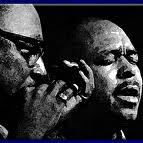
Saunders Terrell, better known as Sonny Terry (24 October 1911 11 March 1986)
Walter Brown ("Brownie") McGhee (November 30, 1915 February 16, 1996)
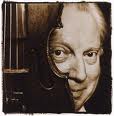
Isaac Stern (July 21, 1920 September 22, 2001)

Philippe Entremont (b. 7 June 1934)
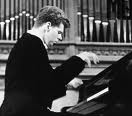
Van Cliburn Jr. (b. July 12, 1934)

David Oistrakh September 30 [O.S. ]1908 October 24, 1974)

Paul Badura-Skoda (b. 6 October 1927)

Mississippi John Hurt (July 3, 1893 or March 8, 1892 November 2, 1966)

Herbert von Karajan (5 April 1908 16 July 1989)
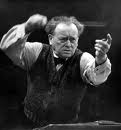
Eduard van Beinum (September 3, 1901 April 13, 1959)

Robert Weston Smith (January 21, 1938 July 1, 1995) "Wolfman Jack"

Seiji Ozawa (b. September 1, 1935)
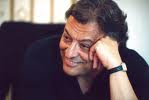
Zubin Mehta (b. 29 April 1936)
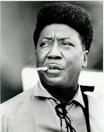
McKinley Morganfield (April 4, 1913 April 30, 1983) "Muddy Waters"

Chester (Chet) William Powers, Jr. (October 7, 1937 November 16, 1994) "Dino Valenti"
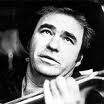
Hoyt Wayne Axton (March 25, 1938 October 26, 1999)

Son House March 21, 1902 October 19, 1988

Alan "Blind Owl" Christie Wilson (July 4, 1943 September 3, 1970)
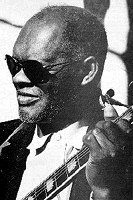
Reverend Gary Davis, also Blind Gary Davis, (April 30, 1896 May 5, 1972)

Fred McDowell (January 12, 1904 July 3, 1972)

Joan Baez
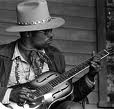
Taj Mahal (born May 17, 1942)

Skip James (June 9, 1902 October 3, 1969)
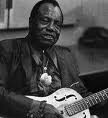
Bukka White (November 12, 1909 February 26, 1977)

Big Joe Williams (born Joseph Lee Williams, October 16, 1903 December 17, 1982)
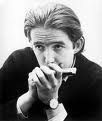
Paul Butterfield (17 December 1942 4 May 1987)

Bob Dylan
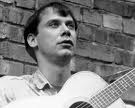
John Fahey (February 28, 1939 February 22, 2001)
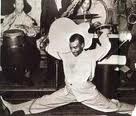
T-Bone Walker (May 28, 1910 March 15, 1975)

Chester Arthur Burnett (June 10, 1910 January 10, 1976), better known as Howlin' Wolf
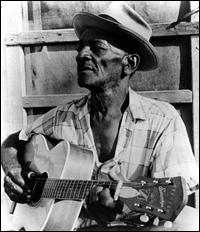
Mance Lipscomb (April 9, 1895 January 30, 1976[1])

Mathis James "Jimmy" Reed (September 6, 1925 August 29, 1976)
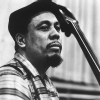
Charles "Charlie" Mingus, Jr. (April 22, 1922 January 5, 1979)

Sam "Lightnin" Hopkins (March 15, 1912 January 30, 1982[1])

Clifton Chenier (June 25, 1925 December 12, 1987)

John "Memphis Slim" Chatman (September 3, 1915 February 24, 1988)
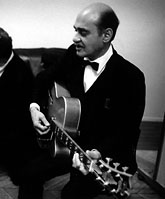
Joe Pass (born Joseph Anthony Passalaqua) January 13, 1929 May 23, 1994)
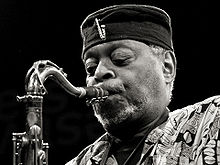
Dewey Redman (May 13, 1931 September 2, 2006)
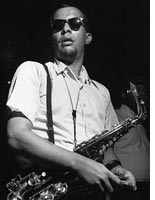
Jackie McLean (May 17, 1931 March 31, 2006)

John Lee Hooker (August 22, 1917 June 21, 2001)
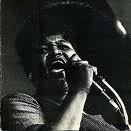
Willie Mae ("Big Mama") Thornton (December 11, 1926 July 25, 1984)
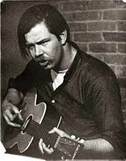
Dave Van Ronk (June 30, 1936 February 10, 2002)
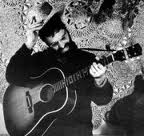
Eric Von Schmidt (May 28, 1931 February 2, 2007)

Bo Diddley (December 30, 1928 June 2, 2008)
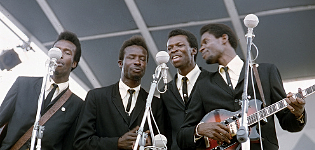
Chambers Brothers (Joe, Lester, George "Pops" & Willie)